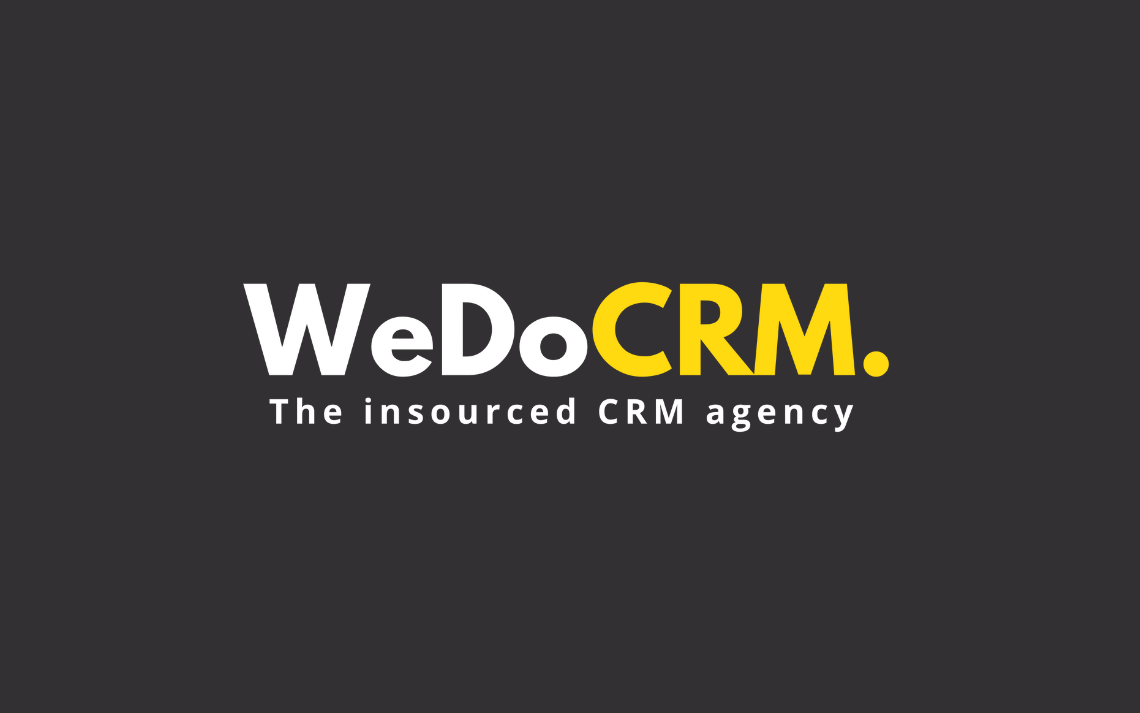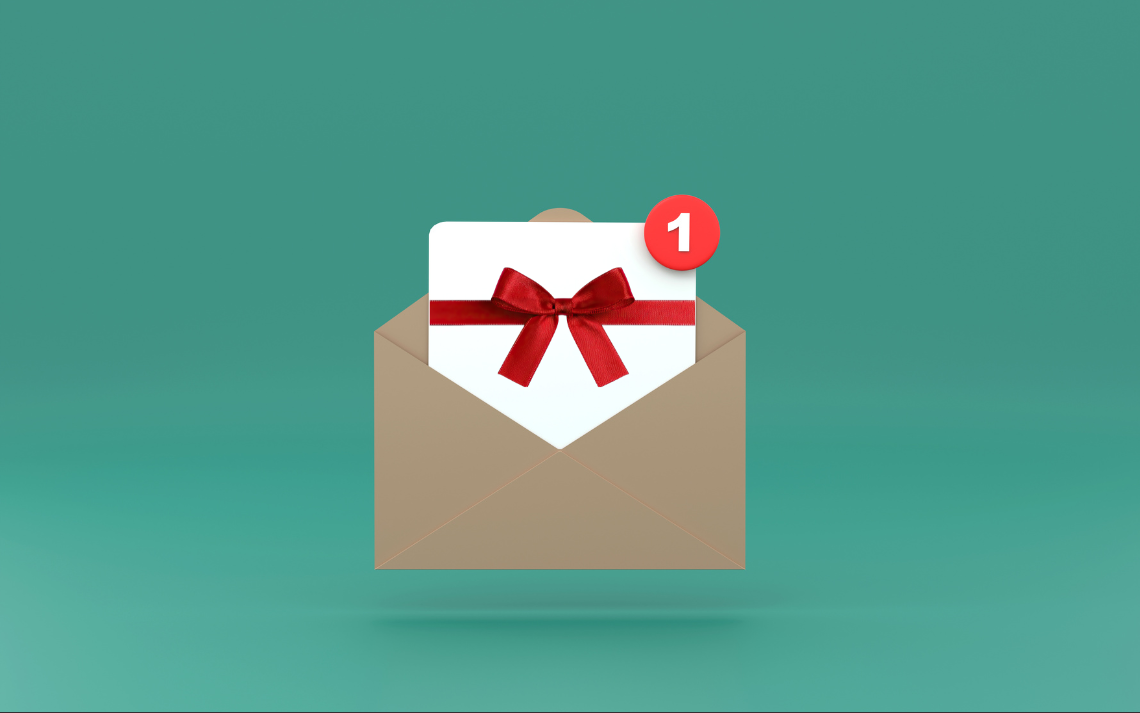If you’re not segmenting, then you’re mass mailing. And if you’re mass mailing, let’s be honest, you’re just spamming your customers.
Segmentation is the key to unlocking revenue as it means you’re contacting individual customers in the most relevant way, at the right time, and via the right channel.
That means live customer data. Seriously, there’s no point segmenting your audience without it. Because the moment you split your customers into groups, the information could already be out of date and you’ll be sending irrelevant content out. You might as well stick to mass spamming and save yourself a few steps.
To put it simply, you can only segment successfully if you’ve set up CRM automations. Real-time data is the one way you know you’re marketing to an individual. And here’s why.
Automated customer categories
At a top level, it’s easy to segment your customers by identifiers or attributes that could affect their buying decision-making process, for example gender, location, or even credit card type. As a retailer these could all affect how, what and when your customer converts, and you’ll need to adjust your communications accordingly to meet that criteria and increase engagement. So that’s why you’ll find a travel company sending London Heathrow departures to their customers in SW London and Surrey, and Birmingham flights to those in the West Midlands. It’s all relevant to the right customer.
But when the customer moves house and updates their postcode, or finally decides to upgrade to the Amex Platinum, their buying decision-making process has changed. Now your customer will be looking for Manchester departures, and they’re likely to have a higher propensity to book BA flights with their new Avios points. They need to be able to update this information themselves on their account, and this new data needs to be passed through to the marketing team. If you haven’t accounted for this type of CRM automation in your segmentation strategy, you’ll be completely unaware and continue to segment them based on old data. That means irrelevant content and a disengaged customer.
Automated touchpoints for communication channels
It’s not just being aware of what a customer interacts with and when, but how they interact. That means contacting your customer on the right channel at the right time to increase their propensity to buy. However, that means having live visibility of all your customers across all your channels.
It takes a little while to build up enough data to track customer interaction with your different channels. But once you have insight into these touchpoints you can segment accordingly.
We’ll stress it again though – old data isn’t good data. You’ll need to create triggers to move customers between channel segments based on their most up-to-date behaviour. Weekly emails might work for a customer initially, but if you have no idea they’ve downloaded your app, you’re missing out on testing their propensity to buy from a push notification.
That’s why the key to successful multi-channel marketing isn’t about reaching customers on every channel possible, but reaching individuals on the channel of their choice.
Automated customer timelines
For B2B businesses in particular, automated timelines are crucial for the sales pipeline so your CRM system recognises when there’s a change in behaviour.
Let’s walk through a scenario. You’ve set up a sequence of winback emails to encourage lapsed customers on a return buyer’s journey. And the final flourish? Some beautifully designed, but slightly pricey, direct mail. It’s a great idea – retention is far more cost effective than acquisition after all, so the direct mail is justifiable if you win back this business. You set your campaign off, and you’re pleased to see it gets traction.
Little do you know though, 25% of these lapsed customers actually converted off the back of your digital campaign. But you still sent them that expensive direct mail. Without a trigger in your sequence, you’ve just spent 25% more than you needed on direct mail, and your ROI has taken a hit as a result. Strategic CRM automations would have caught these customers and moved them along the sales funnel, bypassing any unnecessary steps.
That’s why setting up triggers in your CRM’s timeline automations could not only save you a huge amount of time and money in the long run, but it could also safeguard you against customer attrition. Small gestures, such as sending an offer to a customer at the point of lapse, could be all it takes to win a customer back. And once it’s up and running, all you need to do is analyse the results and tweak the process.
How a CRM agency can help with your automation
We’re specialists in all things CRM, which includes CRM strategy and CRM implementation.
We can offer a full strategy and implementation service for CRM automations and segmentation, which includes the following:
- Auditing data in your CRM or marketing system
- Defining and actioning segment criteria
- Creating CRM automations and workflows
Get in touch below to find out more.






